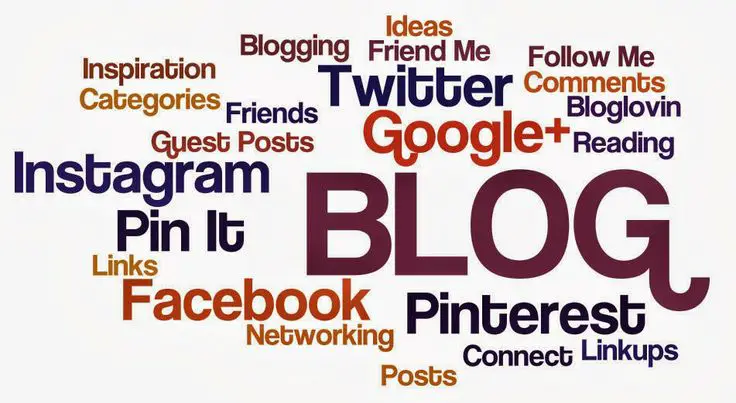ChatGPT is a language model developed by OpenAI that operates based on a deep learning architecture known as GPT-3.5. It functions by employing a combination of neural networks and natural language processing techniques to generate text-based responses in a conversational context. The model is pre-trained on a vast amount of text from the internet, allowing it to understand and produce human-like text.
To generate responses, ChatGPT utilizes a two-step process: encoding and decoding. During encoding, it takes the input text and converts it into a numerical representation, which is then processed through multiple layers of neural networks. In the decoding phase, the model generates a response by converting the numerical representation back into human-readable text.
ChatGPT’s responses are contextually informed by the input it receives, allowing it to provide coherent and contextually relevant answers. The model can handle a wide range of conversational topics and questions, making it suitable for various applications, including customer support, content generation, and more. ChatGPT’s versatility and ability to understand and generate natural language make it a powerful tool for automating text-based communication tasks.
In recent years, artificial intelligence and natural language processing have made significant strides, paving the way for transformative applications in various fields. Chatbots and virtual assistants, powered by advanced language models like ChatGPT, have become ubiquitous in our daily lives, offering a wide range of services, from answering questions to aiding in complex tasks. But have you ever wondered how ChatGPT works behind the scenes to generate human-like responses and assist users effectively? In this article, we’ll take a deep dive into the inner workings of ChatGPT, shedding light on its architecture, training process, and key features.
1. Architecture: The Neural Network Backbone
At its core, ChatGPT is built upon a deep neural network, specifically a variant of the Transformer architecture. The Transformer architecture, first introduced in the paper “Attention Is All You Need” by Vaswani et al., has become a cornerstone in the development of modern natural language processing models. This architecture is composed of multiple layers of attention and feedforward mechanisms that allow the model to process and generate text.
ChatGPT’s neural network consists of millions of parameters, which are adjustable values that the model uses to generate responses. The large number of parameters enables the model to understand the complexities of human language and generate coherent responses. This neural network is divided into different components, including encoders and decoders, which work together to process and generate text.
2. Training Data: Learning from the Internet
One of the most critical aspects of ChatGPT’s functionality is the data it is trained on. ChatGPT is trained on a vast corpus of text data from the internet. It learns from diverse sources, including books, articles, websites, and more. The training process involves exposing the model to massive amounts of text, allowing it to learn patterns, grammar, and context.
During training, ChatGPT learns to predict the next word in a sentence, given the preceding words. This process, known as unsupervised learning, helps the model understand the structure of language. By training on such a broad and diverse dataset, ChatGPT becomes proficient in generating human-like text across a wide range of topics and domains.
3. Fine-Tuning: Shaping the Model’s Behavior
While pre-training on a massive dataset provides ChatGPT with a strong language foundation, fine-tuning is a crucial step in shaping the model’s behavior for specific tasks and applications. Fine-tuning involves exposing the model to a narrower dataset that has been carefully curated and generated with human reviewers.
Human reviewers play an essential role in the fine-tuning process. They review and rate model-generated responses for various prompts, helping the model learn to generate more contextually appropriate and safe responses. Reviewers follow guidelines provided by developers and provide feedback, creating a feedback loop that continually improves the model.
The fine-tuning process allows developers to customize ChatGPT for different applications. For example, a ChatGPT model designed for customer support will have a different fine-tuning dataset and guidelines compared to a model tailored for creative writing.
4. Handling Ambiguity: The Challenge of Context
One of the remarkable aspects of ChatGPT is its ability to handle ambiguity and context in conversations. To achieve this, the model uses attention mechanisms that weigh the importance of different words in a sentence. This helps the model focus on relevant information and understand the context of a conversation.
However, ChatGPT is not infallible and can sometimes generate incorrect or nonsensical responses. This is because language is inherently complex, and the model may not always accurately interpret context. Developers are continually working to improve ChatGPT’s performance by refining the fine-tuning process and guidelines.
5. Safety Measures: Mitigating Risks
Safety is a top priority in the development of AI language models like ChatGPT. OpenAI has implemented several safety measures to mitigate the risks associated with the model’s usage. These measures include:
- Moderation: ChatGPT uses a moderation system to prevent the generation of inappropriate or harmful content. It can warn or block certain types of content, such as hate speech or illegal activities.
- Reinforcement Learning from Human Feedback (RLHF): OpenAI utilizes RLHF to reduce harmful and untruthful outputs. The model is fine-tuned using a reward model, guided by human feedback, to align its behavior with human values better.
- User Feedback: OpenAI encourages user feedback to identify and address issues in real-world applications. This feedback helps improve the model’s performance and safety.
6. Applications: Where ChatGPT Excels
ChatGPT has a broad spectrum of applications. It can be used in customer support, content generation, language translation, education, and more. Some of its key applications include:
- Customer Support: ChatGPT can assist in answering customer inquiries, providing support, and resolving common issues.
- Content Generation: It can help generate written content for various purposes, such as blog posts, product descriptions, and marketing materials.
- Language Translation: ChatGPT can translate text between different languages, facilitating communication across language barriers.
- Education: It can provide explanations, answer questions, and help students with their studies.
- Creativity: ChatGPT can assist with creative writing, such as generating stories, poems, or art descriptions.
7. Future Developments
The field of AI and natural language processing is evolving rapidly, and ChatGPT is no exception. OpenAI continues to work on improving the model’s capabilities and addressing its limitations. Some key areas of focus for future developments include:
- Enhanced Contextual Understanding: Improving the model’s ability to understand and maintain context in longer conversations.
- Multimodal Capabilities: Expanding ChatGPT’s ability to process and generate text alongside other forms of media, such as images and audio.
- Reduced Bias: Addressing and reducing biases in model responses to ensure fair and equitable interactions.
- Customization: Allowing users to easily customize ChatGPT’s behavior for their specific needs while maintaining ethical boundaries.
Conclusion
ChatGPT is a powerful and versatile AI language model that leverages deep neural networks, vast training data, and human-guided fine-tuning to provide human-like responses in a wide range of applications. While it has made significant advancements in natural language understanding and generation, it is not without limitations and challenges. Developers continue to work on improving its capabilities, safety measures, and overall performance. As AI language models like ChatGPT continue to evolve, they have the potential to revolutionize how we interact with machines and access information, making them invaluable tools in the modern world.







Leave a Reply